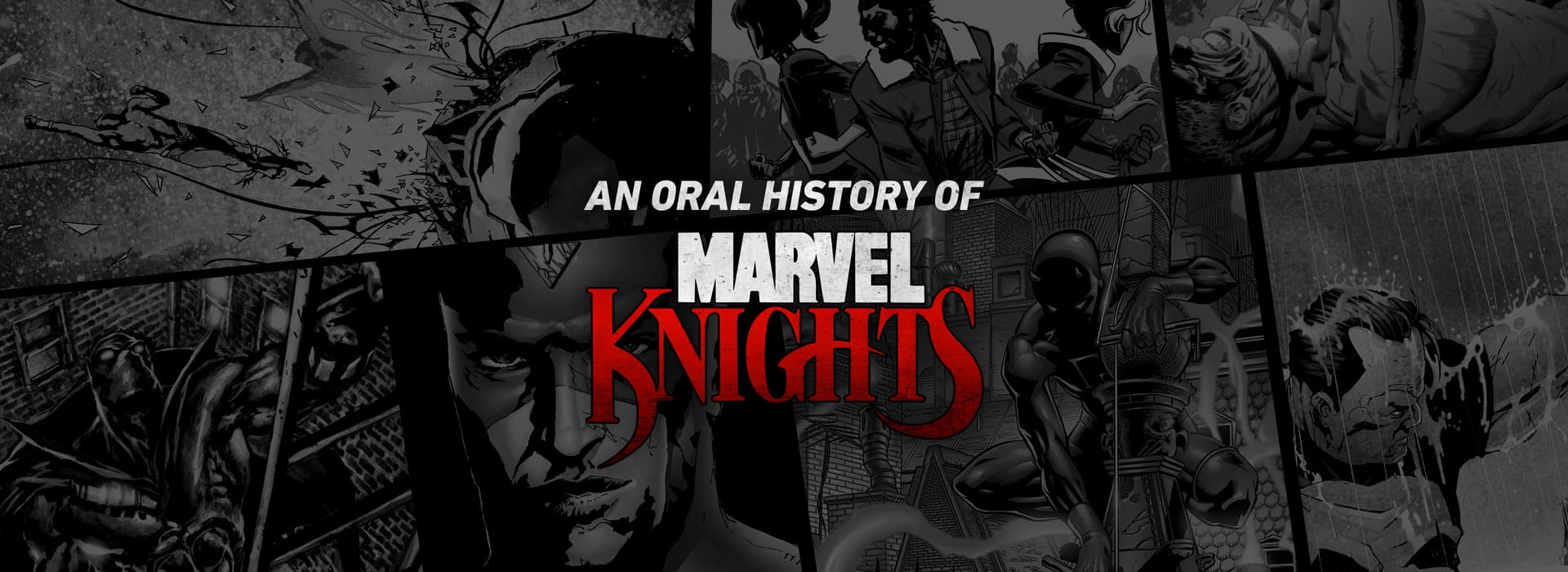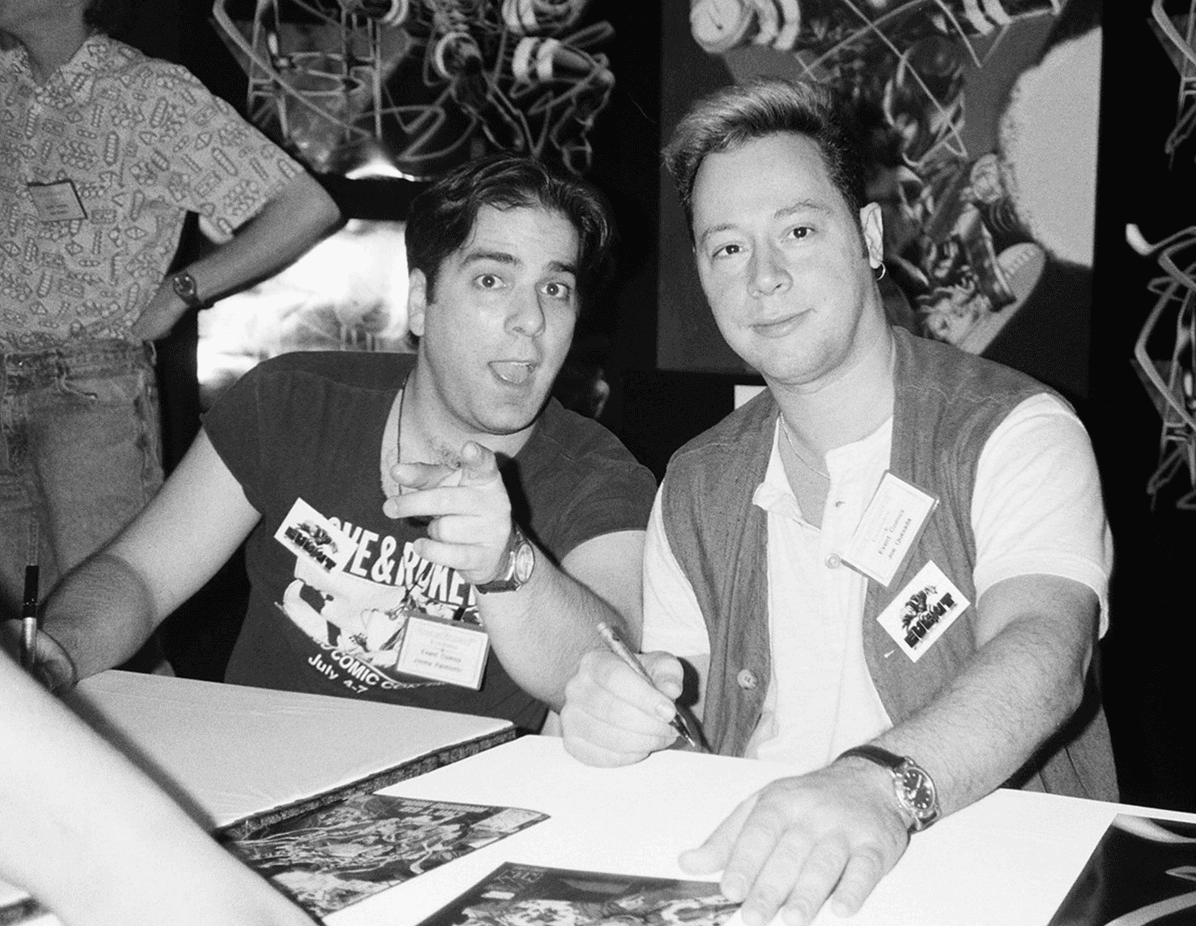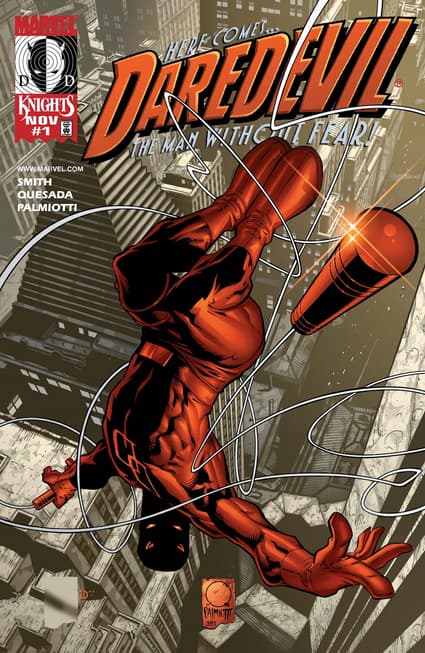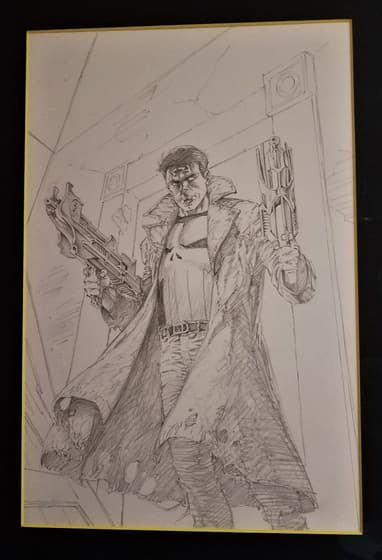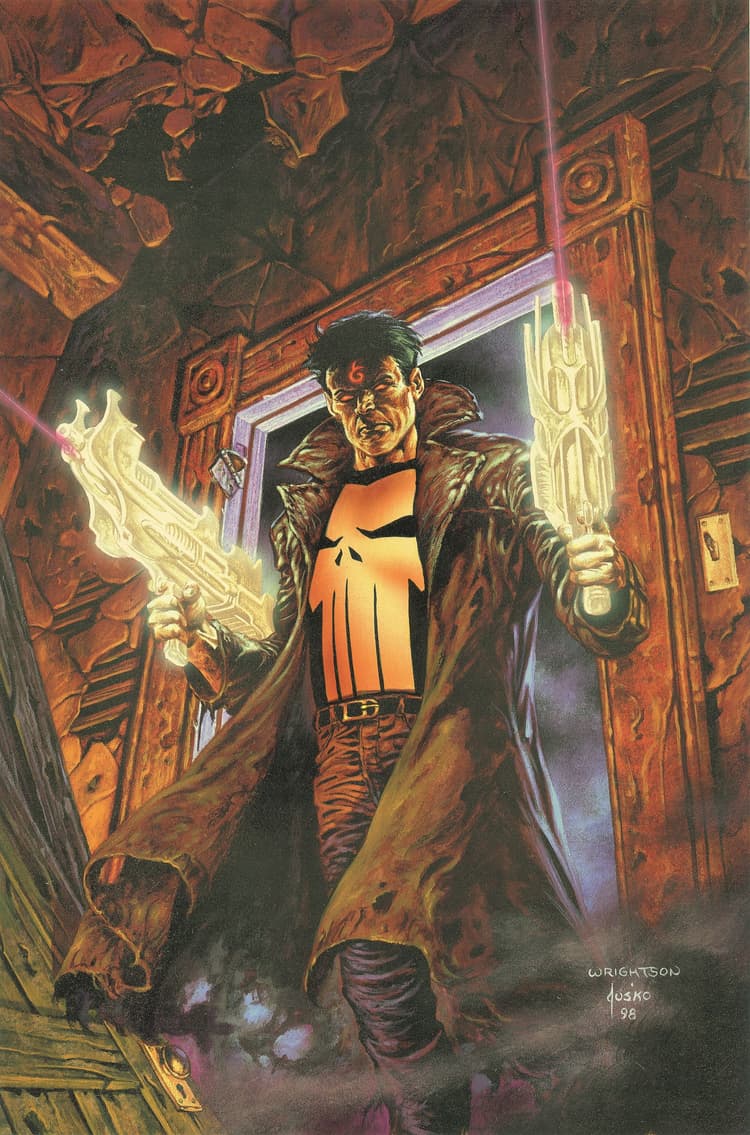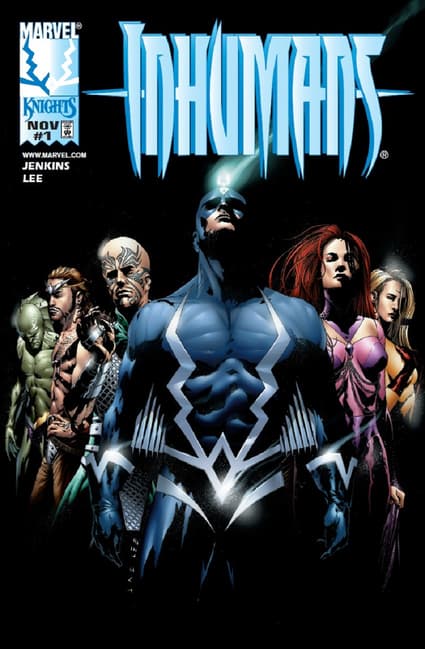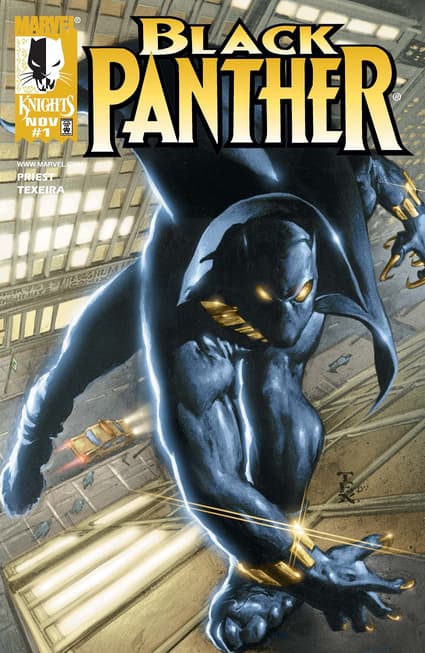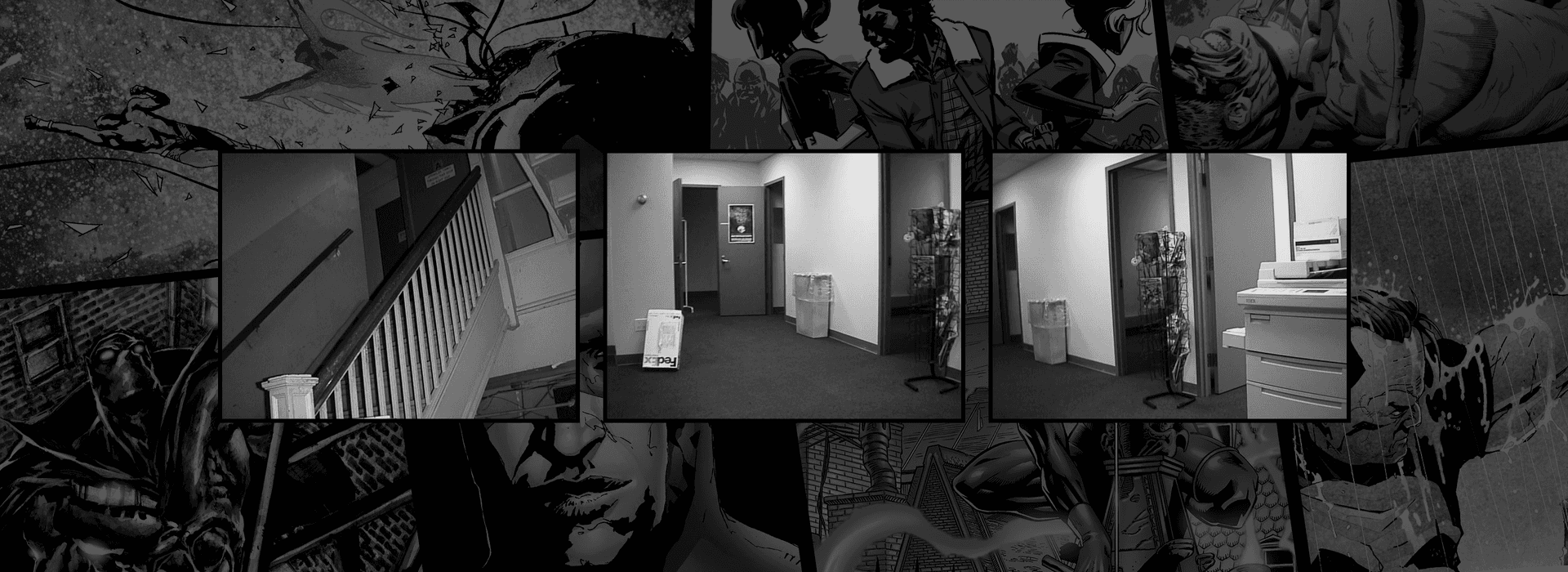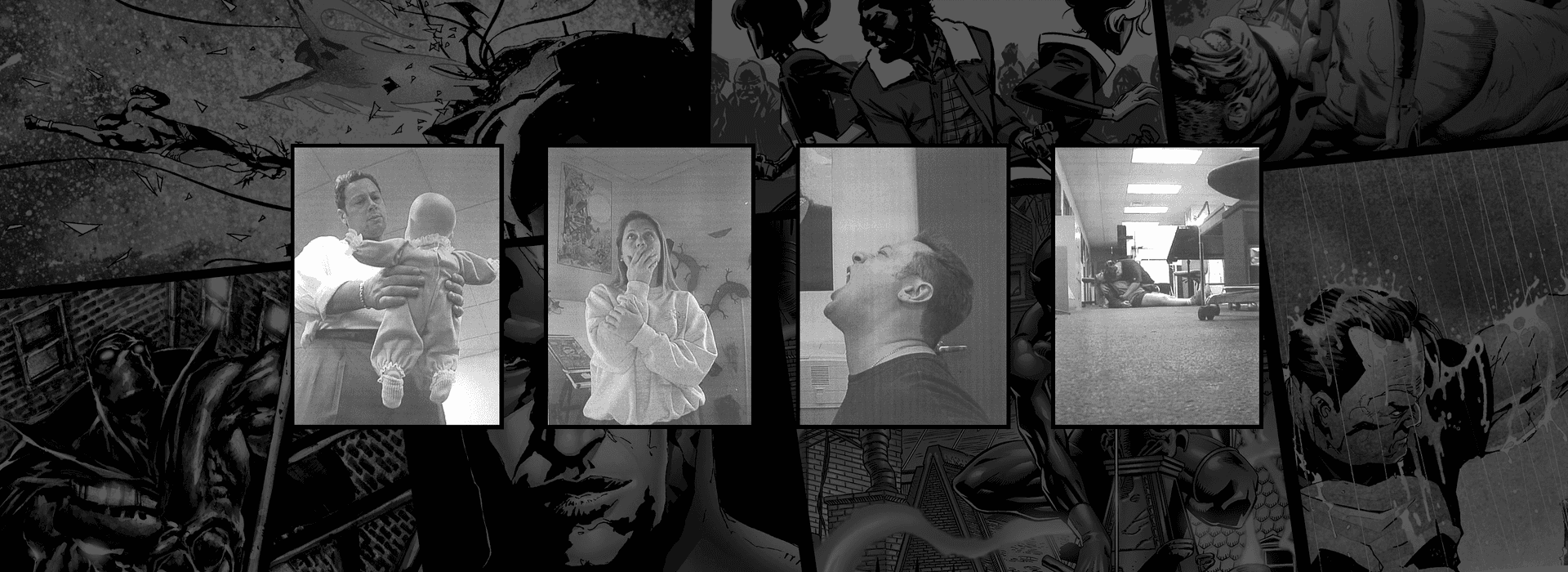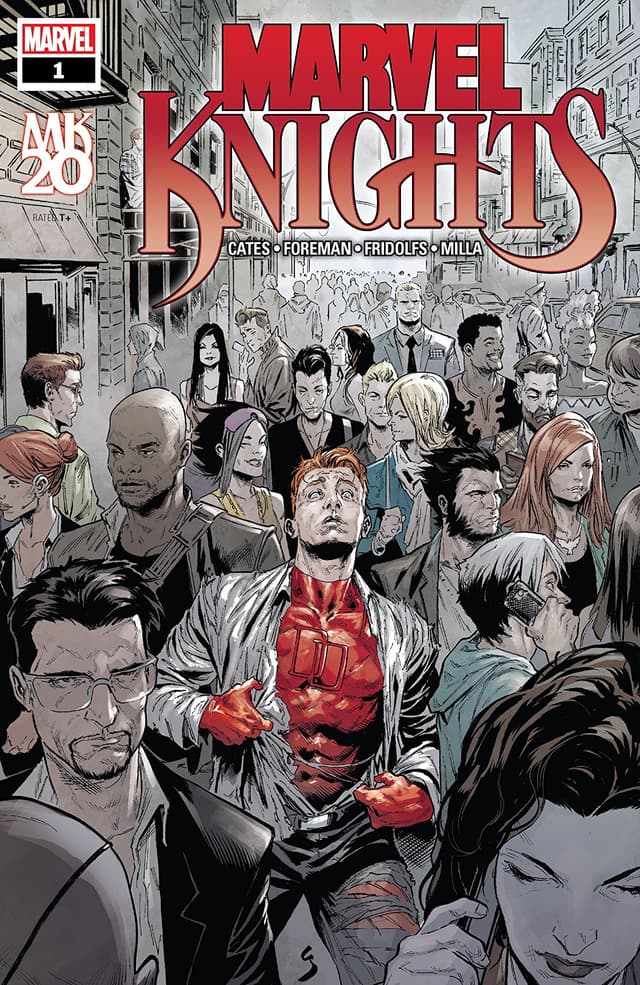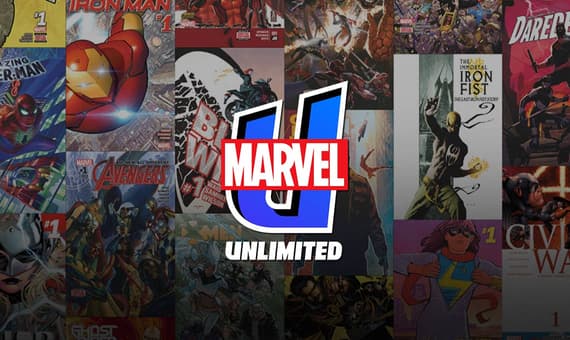Quesada: Jimmy said, “Okay, so, what do we want to do?”
I said, “Well, you know, we’re going to ask for four books.”
Palmiotti: We had the conversation again with what characters would they give us, and so on and so forth.
Quesada: [I told Jimmy,] so when we meet with Joe, we’re going to ask for everything. We’re going to ask if he wants us to fix Marvel, we’ll fix Marvel. We have a plan: make us Co-Editors in Chief. Give us all the books. We’ll fix this thing. And he was laughing, he was like, “You’re crazy.”
Of course, he’s not going to do that; but if we ask for that, when we ask for just four books, he really won’t blink.
So that’s exactly what we did. We marched into our second meeting with Joe and he asked us if we had formulated a plan to pitch him, I nodded and told him that we’d be happy to be co-Editors in Chief and that we’d fix the whole place. Joe laughed and said, “Well, that’s not going to happen. So what do you really want?”
Palmiotti: We said these are the characters we’re interested in, we would like to have an office in the building, and we’d like to work with Marvel editorial.
Quesada: We said, “We want to be in-house. We don’t want to do this remotely. We’re four blocks away, but we don’t want to do this remotely because we feel that there’s a sense of camaraderie. We don’t just want people to think that we’re these outside guys. We’re true blue Marvel guys."
Palmiotti: And then they came back with us—okay, here’s what you’d have to do. You’d have four titles. You’d get bonuses for getting things in on time. You wouldn’t get the bonuses if you didn’t get books in on time. Here’s how much you get per book, so that’s how much you have to spend on each team.
So that opened up all the conversations where Joe and I started looking around us and seeing the people that we know, and how to bring them in, and what characters would fit them the best.
Quesada: They’re not going to give us Spider-Man. They’re not going to give us X-Men. They’re going to give us "B", most likely "C"-level characters, or characters that were just cancelled or never traditionally sold.
Palmiotti: We asked for characters really nobody was caring about at the time. Part of that also gives us a lot of freedom because when people are not hyper-focused on something, you tend to get away with a lot more. So we had our takes, our grounded, gritty takes on all four: Punisher, Black Panther, Inhumans…
Quesada: But we needed one character that we knew we could really do something with; that had a legacy. And that was Daredevil.
Palmiotti: It was always gonna be us pitching Kevin Smith with me and Joe doing the book.
Smith: I met Jimmy and Joe by way of Mallrats. I met them when we had a Mallrats screening at the San Diego Comic-Con in 1995. We didn’t have an opening credits sequence yet, not the one that’s in the movie that most people know featuring all the comic book artwork.
We had a screening at Horton Plaza. A bunch of creators. We were able to recruit a bunch of comic book creators: artists, writers, people we were fans of, to be in the audience. It was huge for a comic book fan. Like, “Oh my God, we made a movie about the world of comics! We got like Peter David in the audience! Joe Quesada and Jimmy Palmiotti are in the audience!” It was massive.
So the movie plays and it played through the roof. That night, even Universal was like, “You’re going to do Animal House business! You’re going to make 100 million bucks!” And they were off by like 98 million. But I met Jimmy and Joe, I talked to them that night.
Quesada: The two characters Kevin and I always talked about were Batman and Daredevil, because we’re both Frank Miller fans.
Palmiotti: We knew Kevin Smith loved Daredevil.
Smith: I was out in the media talking about comic books. I already had an opinion and I was waving a flag for the industry, going, “Hey, man, I’m only as creative as I am because of these things—these comic books and Stan Lee.”
Quesada: So we went at Kevin.
Smith: And so they were like, “Look. You’ve always talked about how you love Frank’s run on Daredevil. Why don’t you write some comics?” Now, this was huge. This was everything.
And I said, “Oh! God! Alright! Yeah, that’d be amazing! Let’s do this! Oh &^%# yeah, son!” And they announced it.
Quesada: And he was just in pre-production for Dogma, so it was tough getting a hold of Kevin.
Smith: And then it came close to the deadline.
Quesada: And I think what had happened was that Kevin had an idea, and the idea was Daredevil getting his sight back. Little did we know that Scott Lobdell was writing the last story arc of the previous Daredevil run, and the story he wrote was Daredevil getting his sight.
So Kevin felt his story had been blown out of the water. It wasn’t like Scott knew what Kevin was doing. It was just that it was happenstance. People have similar ideas. So that killed Kevin’s idea and he didn’t know what to do next.
Smith: And I missed the deadline.
Quesada: He kept putting us off, kept putting us off.
Smith: And then, we were a week over the deadline.
Quesada: He started filming Dogma.
Smith: Then two weeks. Then a month over the deadline.
Quesada: We were thinking, “Geez, we’re not going to get this thing.”
Smith: The boys were being patient. They kept hitting me with emails: “Hey! You got a script yet, you got our story? What’s up?”
I said, “I’m working on it, I’m working on it.”
Quesada: After putting this off, putting this off—I mean you couldn’t be more last minute than this—he dropped out.
Smith: I call them from this apartment I was living in—in Red Bank right on Broad Street, right next door to where the Jay and Silent Bob’s Secret Stash is now. So I call up Joe, and I go, “Well…I don’t think I’m going to be able to do this. I know I said I could do it, but, like, I can’t. There’s too much going on. I think I would suck, man. Like, honestly, that’s what it comes down to. I can’t walk in &$#@^%* Frank Miller’s shoes. It’s one thing to read a Frank Miller Daredevil run; it’s another thing to follow it.”
And he goes, “I disagree with you. I think you’d do a great job. But if that’s how you feel, I’m not going to make you do it.”
Quesada: I just didn’t know what to do. He’s a friend, I can’t yell at him. I just felt bad for him. But I felt worse for us.
Smith: And I was like, “Thanks, man. I appreciate it.”
He goes, “Alright, I’ll talk to you later.” And then he hung up, and that was that.
And I was like, “Right on! I’m off the hook!” One less thing to worry about!
Quesada: That was it. Kevin was out. So I had to call Jimmy and say, “Hey, just so you know, this is what’s going on…”
Smith: Then the phone rings about ten minutes later, and it was Jimmy.
Palmiotti: I called him. I don’t remember if it was a message or I talked to him. I can’t remember.
Smith: Jimmy goes, “You piece of #@*%.”
He’s going, “I can’t believe you, man. We trusted you! We asked you to do this thing and you said you’d do it! And now you call up my boy and say you can’t do it, because, what? You’re $^#*@!& afraid? You’re afraid because you’re not going to be as good as Frank Miller? I’ll ruin it for you: you’re not as good as @*#%!^& Frank Miller, man. But that doesn’t mean you shouldn’t try writing it and live up to the thing you said you’d do! I’m really disappointed, man! It’s @#$*%! up. And Joe won’t say it, man, but he’s !*@^#%$ heartbroken.”
Palmiotti: Kevin will probably remember it much better than me.
Smith: The whole time I’m going, “Jimmy! Jimmy! Jimmy!” In the background. So I said, at the end of it, I was like, “Geez, man. I just thought it’d be easier if you guys went off and did it without me and got somebody better.”
Palmiotti: I do remember saying, “You’re a writer. You’re supposed to have a million ideas. You just turn a corner and there’s another idea!”
Smith: And he goes, “We told people you were doing it, man. There’s excitement out there. There’s expectation!” And then he goes, “You’re a part of this now.” I remember that very specifically. He’s going, “You’re a part of this now. You’re a part of the Marvel Knights. And what we’re trying to show them is that we, the creatives, we can make better books than the books we’re being told to make. And you’re a part of that.”
Quesada: Jimmy and I have been known to do good cop, bad cop. Taking turns.
Smith: So, you know, he fed me the Kool-Aid and I drank it hardcore. I go, “You’re right, man. My bad. I’m on it. Let me give it a think, man.” And then I hung up, and I was watching this movie and it was called God Told Me To. And it was about this guy who hears the voice of God telling him to kill people and stuff.
So I called Jimmy back: “Hey, man, what if I got an idea for a story? What if somebody gives Matt, like, the Second Coming to look over? Like the baby, the Christ, the next Christ? So we call the book ‘Guardian Devil.’”

